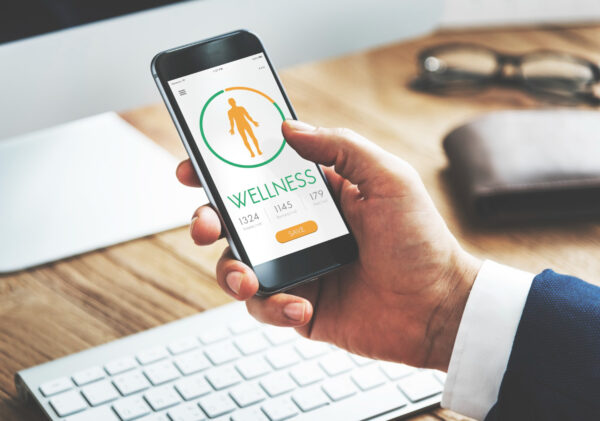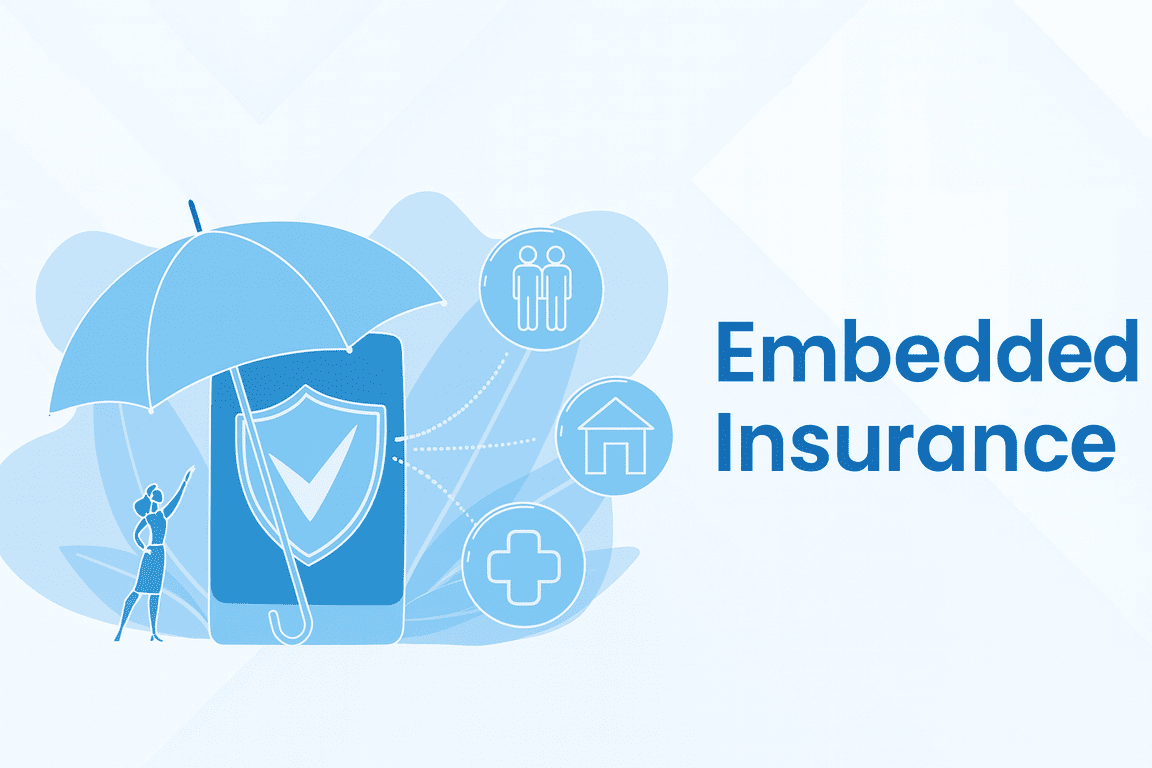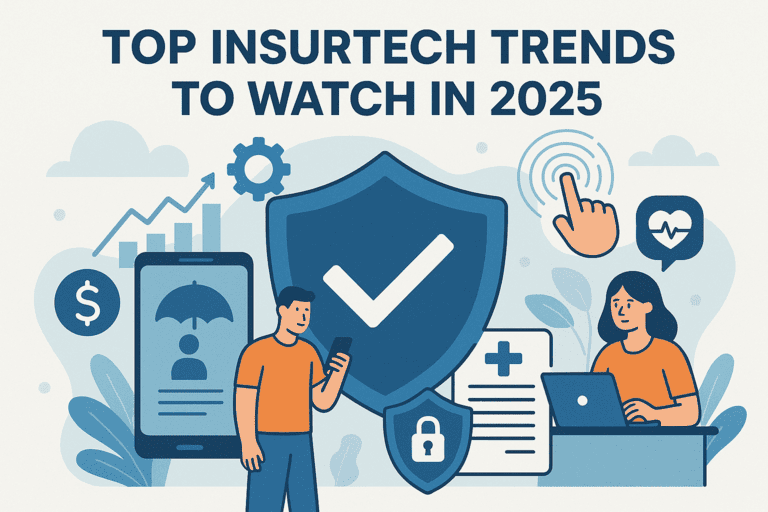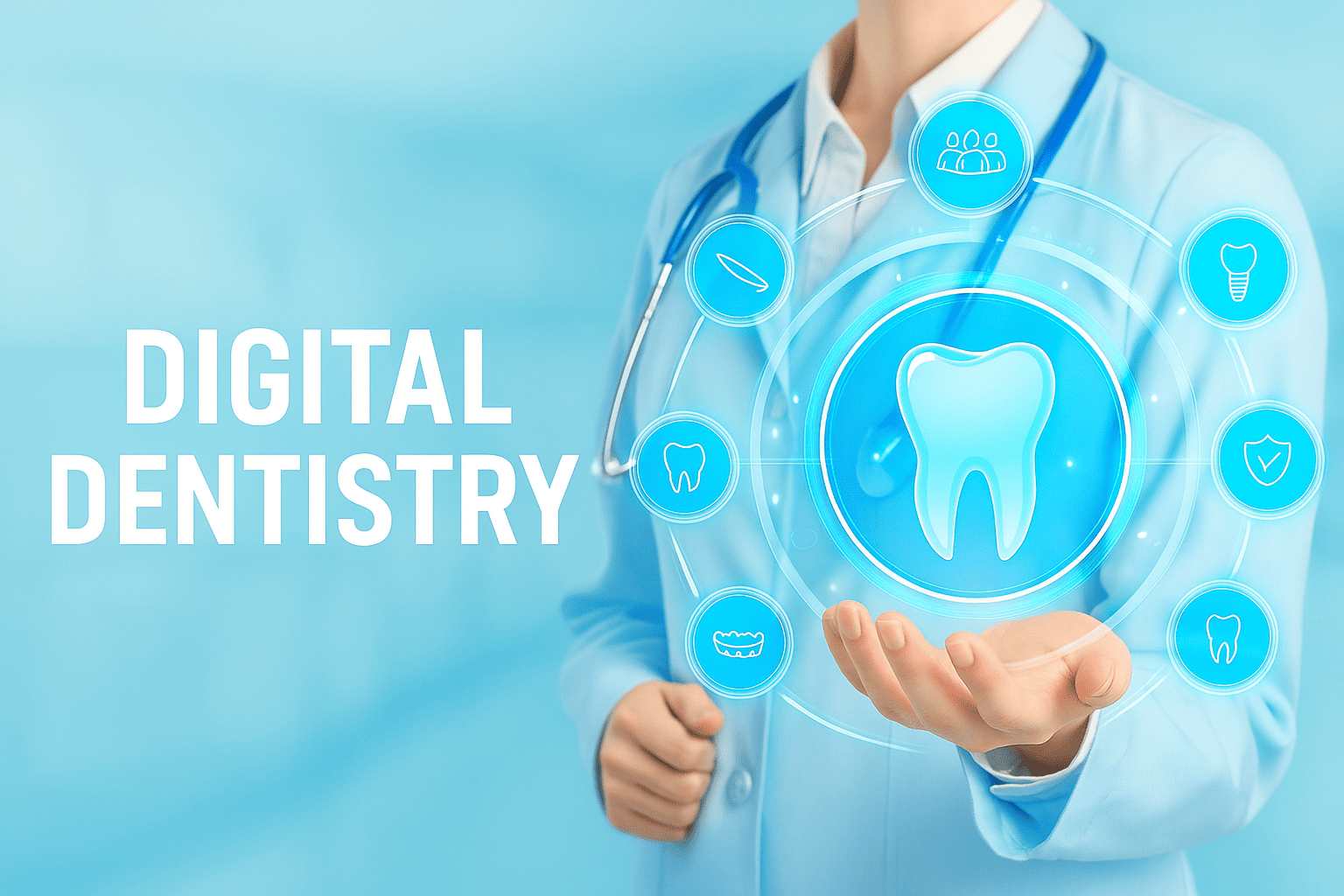Discover how innovative German Digital Health Applications reshape modern patient care. Learn what the app for prescriptions is, DiGAs benefits, and its role on the global market!
Table of contents:
- Explained: What is DiGA (Digital Health Applications)?
- Revolutionary benefits of the DiGA system for patients
- How secure is DiGA?
- The possible risks of DiGA to be aware of
- How can one obtain a DiGA?
- What is DiGA certification?
- What is the digital health app regulation?
- Outlook: What does the future of DiGA look like?
- FAQs
The past four years have proven that Germany is at the forefront of the digital healthcare revolution with its Digital Health Applications, more commonly known as DiGA. Imagine having a digital companion that monitors your health and provides personalized insights and recommendations. The launch of a digital health application embarked on a pivotal moment in the German healthcare market, influencing many other countries to reevaluate their medical care systems. DiGA is a fascinating technology that provokes many burning questions. Let’s dig in and discover the answer to the question “What is DiGA,” and also how it works, the certification process, and much more.
Explained: What is DiGA (Digital Health Applications)?
Digital health application represents a paradigm shift in healthcare, offering solutions to improve patient care and overall well-being. So, what does DiGA stand for? It’s a German acronym that refers to a category of digital tools, applications, or software that received a formal certification from the German Federal Institute for Drugs and Medical Devices (BfArM).
The DiGA applications aim to enhance healthcare delivery, empower patients, and streamline various medical processes, boosting the accessibility of medical care services. Those “digital assistants” encourage patients and the overall population to lead healthier lifestyles.
How does DiGA work in real life?
The DiGA system follows a straightforward process: a physician prescribes specific DiGA to patients based on their personal medical needs. Patients then download and use specific apps on their smartphones or wearable devices. DiGA applications collect and process health data, providing insights and recommendations to patients and healthcare providers.
DiGA is completely free for all patients who are covered by any of the statutory health insurers.
DiGA Opportunities
DiGA, or a digital app for prescriptions, opens up a world of opportunities in the healthcare landscape, enforcing long-awaited digital transformation in the medical industry. They can assist in monitoring chronic conditions like diabetes, overseeing clinical trials, promoting physical fitness, managing injury treatments, and facilitating communication between patients and medical professionals. Moreover, DiGA provides tools to help with mental health and digital therapy, aiding patients battling panic attacks, depression, and other mental conditions. DiGA apps harness the capabilities of top-notch technologies like artificial intelligence, data analytics, and intuitive, user-friendly interfaces.
How does DiGA impact the healthcare system?
Let’s talk about the role DiGA plays in the modern healthcare ecosystem. DiGA is not just a new trend that will fade away. These digital technologies and tools play a significant role in improving patient care, reducing the burden of healthcare infrastructure, and fostering a patient-centric approach. DiGA aligns with the growing emphasis on preventive care and personalized medicine, offering tailored solutions to meet individual healthcare needs and various medical benefits.
German example boosts the interest and demand for DiGA solutions from global digital health companies as it’s an effective tool for clinical study, mental health monitoring, patient treatments, and wellness promotion.

Revolutionary benefits of the DiGA system for patients
Patients are at the heart of the DiGA revolution. So, let’s focus on the benefits they receive:
- Personalized care: The prescriptions app is a tailored solution to cater to individual needs, from aiding post-surgery recovery and managing diabetes to tracking daily mental health state.
- Data-driven insights: DiGA collects and analyzes health data through wearable medical devices and smartphones, providing patients valuable insight into their well-being. With collected data, users can make informed decisions about their lifestyle and treatment options.
- Continuous monitoring: Patients no longer need to rely solely on occasional doctor visits to keep their health in check. DiGA enables users to detect their medical condition in the early stages.
- Improved adherence to treatment plans: Man DiGA apps include reminders, tracking features, and communication with a medical service provider.
How is the benefit of DiGA evaluated?
Evaluation typically involves:
- Clinical studies provide valuable data on how well the application performs in a real-world setting.
- User feedback to assess satisfaction levels.
- Health outcomes. This includes measuring improvements in disease management, quality of life, and healthcare resource utilization.
By continuous monitoring of DiGA applications, developers can provide timely updates to maintain their certification. The benefits evaluation and quality of evidence offer confidence in the safety of the digital health application to the patients and medical care providers. Thai ensures that DiGA remains a valuable tool in the modern healthcare landscape.
How secure is DiGA?
When it comes to introducing technology to the healthcare industry, security is a top priority. Patients’ trust is built on the assurance that their sensitive health data remains protected from cyber crimes. Therefore, DiGA developers employ robust encryption protocols to safeguard patient data during transmission and storage. Moreover, developers are required to adhere to strict data protection regulations by introducing a digital health application with two-factor authentication and cutting-edge cybersecurity measures.

The possible risks of DiGA to be aware of
As digital healthcare solutions, DiGA applications come with several challenges and risks associated with their use:
- Privacy concerns: Patients may worry about the confidentiality of their sensitive data, misuse of health information, or unauthorized sharing.
- Data breaches: Despite state-of-art cybersecurity measures, threats have become more elaborate. Hackers may attempt to exploit vulnerabilities to access and steal sensitive health data.
- Accessibility: Some patients may lack access to the necessary technology or have difficulty using DiGA apps due to age or disability. It’s necessary to address these risk classes and enhance accessibility.
- Dependency: Patients may become overly reliant on DiGA apps, neglecting traditional healthcare consultations.
- Development costs: Digital health solutions require a higher budget, including additional costs for certifications, as developers can’t risk launching poor-quality products.
It’s crucial to state that risks associated with DiGA are not exclusive to these applications. Those challenges apply to the digital technology solution in the healthcare industry in general. The key is to implement strict security measures, provide education to users, and continuously monitor and improve the system to mitigate the risks effectively.
On the bright side, DiGA offers a surprisingly fast market entry based on the German case, as it took developers up to 10 months to launch the project.
How can one obtain a DiGA?
So, how does one can obtain access to the revolutionary DiGA app? Let’s follow the process to see how it works in a real-life scenario:
- Consulting with your doctor: The journey begins by discussing with a physician the health conditions and any specific needs or preferences regarding digital health solutions.
- Evaluating: Based on the medical history and requirements, the medical professional will asses whether DiGA is suitable in the specific case. They may recommend a specific DiGA app that aligns with the healthcare experience and goals.
- Prescription: A doctor prescribes a tailored digital application, exposing details about the DiGA, its intended uses, and the unique patient identifier.
- Downloading: Patients can install prescribed DiGA to their smartphone or wearable device from Apple’s app stores or Google Play.
- Registration process: DiGA apps stand out with an intuitive interface that guides users toward easy-to-follow registration and identity verification.
- Befitting of the app: As everything is set up, patients can actively use DiGA to monitor their health, adhere to treatment plans, and communicate with their physicians.

What is DiGA certification?
DiGAs must undergo a certification process to be eligible for reimbursement by statutory health insurance companies. Obtaining DiGA certification involves comprehensive evaluations, including an examination of the app’s documentation, clinical data, and compliance with regulatory standards. Developers must provide evidence of the medical benefit of their digital solutions through clinical studies to be able to advance with the launching, showcasing its positive impact on medical care and patient outcomes.
What is the digital health app regulation?
Digital health app regulation (DiGAV) is a vital regulatory framework established in Germany to govern the use and deployment of DiGAs within the healthcare ecosystem. DiGAV outlines extensive requirements and key guidelines to ensure the safe, effective, and ethical use of digital health apps.
- Regulatory Oversight: DiGAV places digital health applications under BfArM. This German body evaluates and certifies DiGAs, ensuring they meet quality and safety standards.
- Clinical evaluation to determine the effectiveness of digital health applications.
- Privacy and security measures to enhance confidentiality and protection of electronic patient records.
Outlook: What does the future of DiGA look like?
The future of DiGA holds immense promise as the German healthcare landscape has transformed tremendously with DiGAs on the market. This innovative model attracts the attention of world leaders and developers globally. Even Emmanuel Macron stated publicly he wants to implement DiGA Fast Track 1:1 processes in healthcare systems in France.
As DiGA app technology continues to advance, we can expect DiGAs to become even more integrated into healthcare, offering increasingly sophisticated solutions for patient care and well-being. Additionally, ongoing research and international comparison will likely lead to a wider range of innovative applications, further cementing DiGA’s status as a transforming force in the healthcare industry.
FAQs
What is the app on prescription?
In Germany, the app used for prescribing DiGAs is called “App on Prescription’, allowing healthcare providers to issue electronic prescriptions.
What is the legal basis for DiGA?
The legal basis for DiGA in Germany is called Digitale-Versorgung-Gesetz (DVG) or Digital Healthcare Act. This legislation outlines the framework and regulatory requirements to integrate DiGA apps into the healthcare system.
What do manufacturers have to do to obtain DiGA approval?
The process to obtain a DiGA approval in Germany requires manufacturers to submit a DiGA application for an evaluation to the BfArM, providing evidence of its efficiency and compliance with regulatory standards. If approved, the DiGA becomes accessible to patients after being prescribed by healthcare providers.
How can DiGA digital security be ensured?
Developers can guarantee security by implementing cybersecurity measures and adhering to strict data privacy regulations.
What do you need to know about the approval process for digital health apps?
The approval process for DiGAs involves a time-consuming evaluation of their medical benefit, data privacy and security measures, and adherence to regulatory standards.






